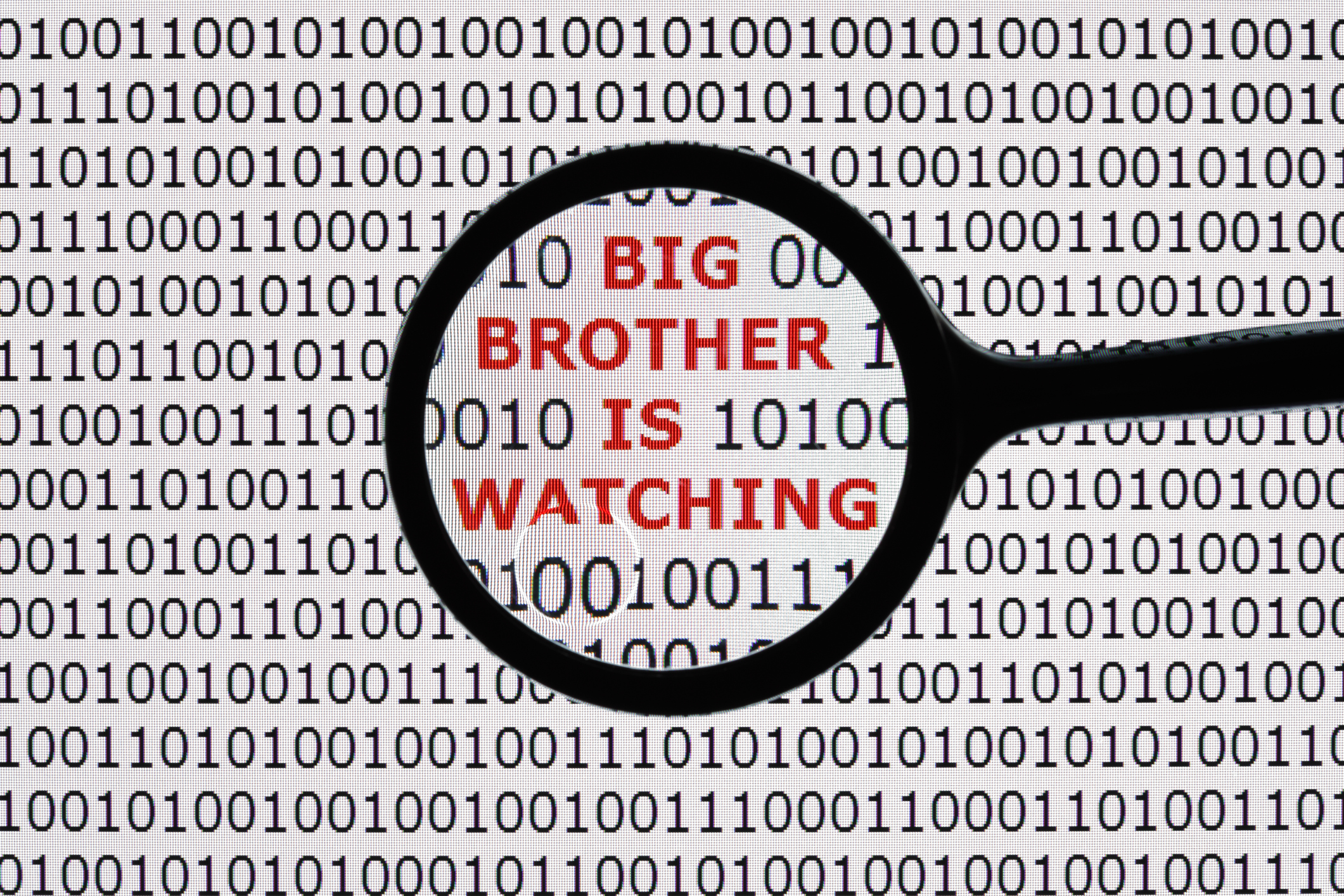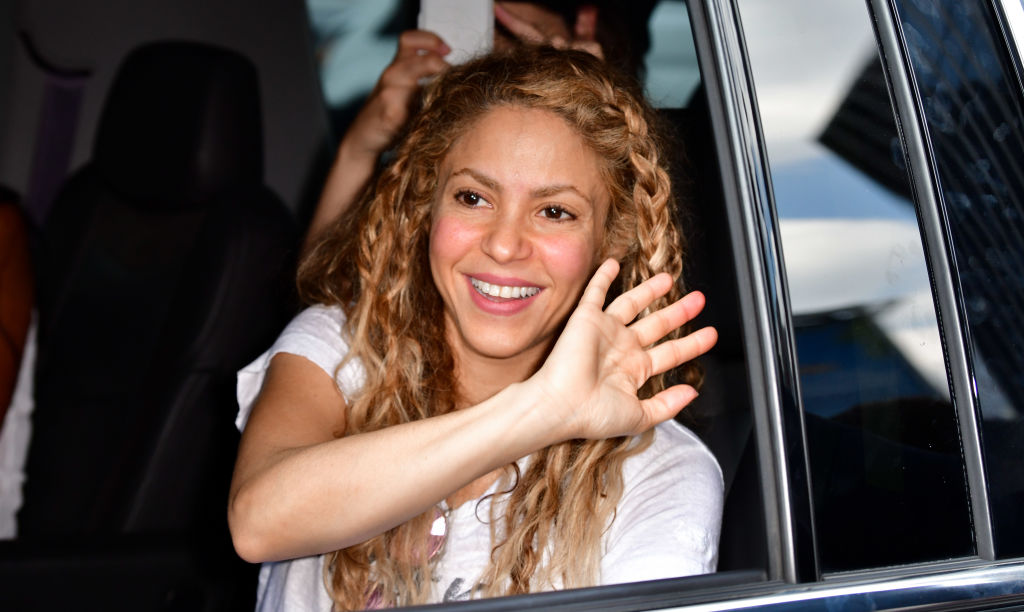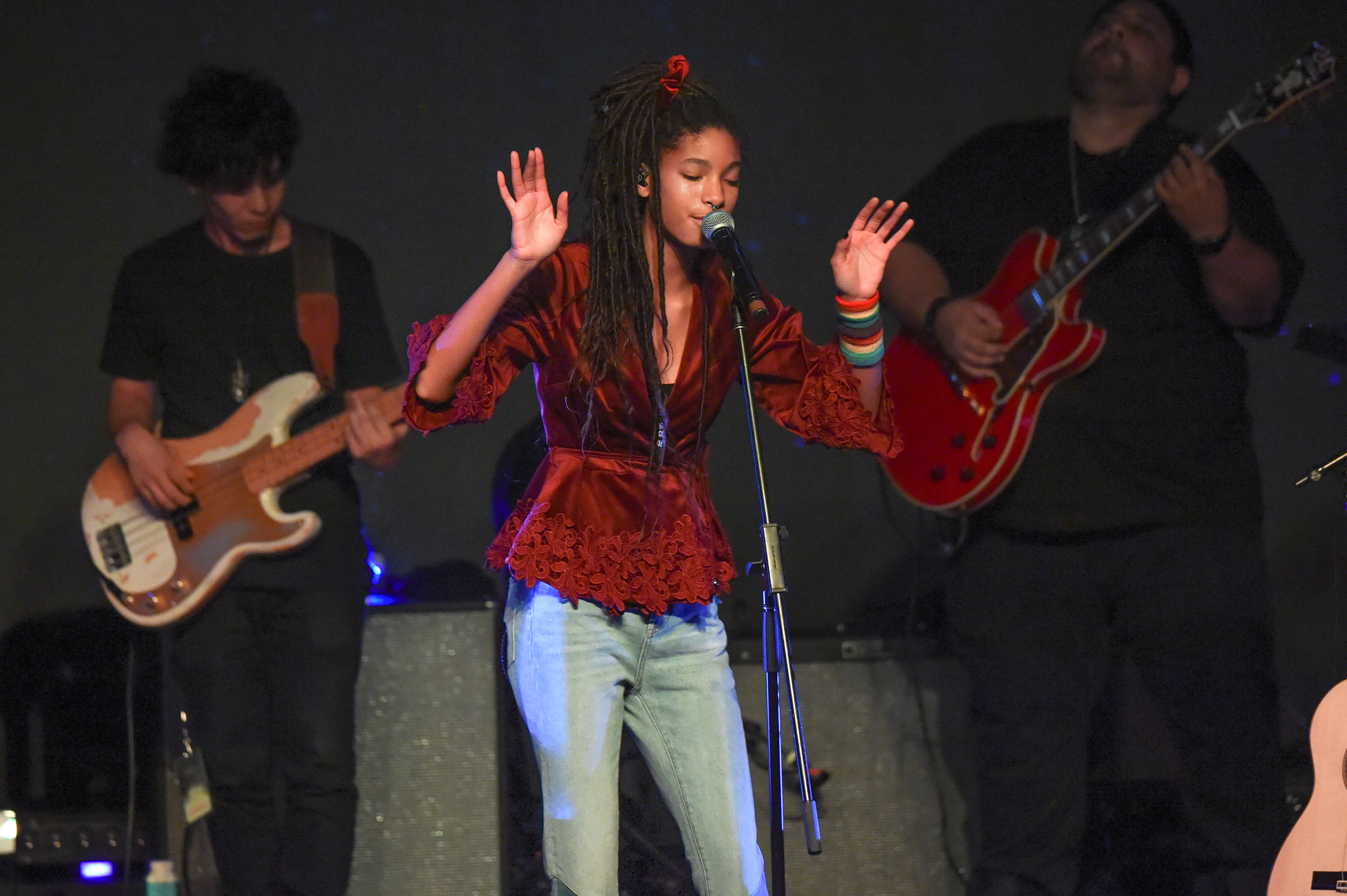Coffee chain starts charging for disposable cups in Gatwick Airport to persuade consumers to use reusable ones.
Article via Bloomberg
Starbucks Corp. this month will begin a first-of-its kind trial of reusable cups at London’s Gatwick airport.
People drink a lot of coffee at airports. Gatwick says it already recycles a majority of the 7 million disposable coffee cups that travelers use each year. The airport wants to improve on that, and reusable cups potentially have a lower carbon footprint than paper cups.
The funding for the airport trial grew out of a program Starbucks launched last year that added a 5 pence (6 cent) surcharge for disposable cups in U.K. shops. The money raised was donated to environmental charity Hubbub, which is running the program at Gatwick.
“Transport hubs such as airports and railway stations are areas with a lot of footfall and not a very high use of reusable cups,” said Trewin Restorick, chief executive officer and co-founder of Hubbub. The airport is a good place to learn more about whether consumers can be incentivized to reuse cups.
Starbucks locations at the airport will charge customers 5 pence for disposable cups while offering a reusable cup for free. Even if just 250 customers a day opt for a reusable cup, more than 7,000 cups could be saved in the monthlong trial, Starbucks estimates. The company plans to track the number of returned cups, experimenting with different collection points to maximize the return rate.
“What will be really interesting is to see where the cups end up,” said Jaz Rabadia, senior manager of energy and sustainability at Starbucks in the U.K.
Indian court jails 3 for life in rape case in Kashmir
Article via ABCNews
A court on Monday sentenced three Hindu men, including a police officer, to life imprisonment for kidnapping, raping and murdering an 8-year-old Muslim girl in Indian-controlled Kashmir, in a case that has exacerbated tensions in the disputed region.
Judge Tejwinder Singh sentenced three other policemen to five years in prison for destroying evidence, prosecutor Santokh Singh told reporters. The judge acquitted another defendant due to insufficient evidence.
An eighth suspect, a minor, will be tried separately by a juvenile court, Santokh Singh said.
The girl, who was a member of a nomadic tribe, was grazing her family’s ponies in the forests of the Himalayan foothills when she was kidnapped in January 2018. Her mutilated body was found in the woods a week later.
The case sparked protests across Kashmir, a Muslim-majority region where rebels have been fighting for years for independence or unification with Pakistan and there is great distrust of the government.
Singh said prosecutors plan to appeal to a higher court and seek the death penalty for the three defendants who received life sentences.
Thousands of members of a radical Hindu group had demanded the release of the defendants, insisting they were innocent.
The trial was shifted to Pathankot, a town in neighboring Punjab state, following accusations that local Hindu leaders and politicians were trying to block the investigation.
The prosecution said the girl was raped in a small village temple in Kathua district after having been kept sedated for four days, and was then bludgeoned to death.
The girl’s father, Mohammed Akhtar, told The Associated Press by phone that the men should be “punished speedily, not just convicted.”
“Our family has gone through hell,” he said. “Our hearts are bleeding. These beasts should be hanged.”
India has been shaken by a series of sexual assaults in recent years, including the gang rape and murder of a student on a New Delhi bus in 2012. That attack galvanized a country where widespread violence against women had long been quietly accepted.
While the government has passed a series of laws increasing punishment for rape, it’s rare for more than a few weeks to pass without another brutal sexual assault being reported.
Orwell’s 1984 was nothing like actual 1984. But it’s exactly like 2019
Article via DigitalTrends
In 1984, Apple said 1984 wouldn’t be like 1984. George Orwell’s novel describes a dystopian surveillance society as a warning, and Apple positioned itself as a counter to that disturbing future. But here’s the thing: 2019 looks a lot like 1984. And we’re remarkably comfortable with it.
Orwell published one of the great English-language novels on June 8, 1949, 70 years ago today. His book details a society perpetually at war, ruled by an enigmatic figure known only as “Big Brother.” Thanks to secret surveillance, Big Brother’s totalitarian government knows all, punishing thoughtcrimes before they take place and rewarding conformity.
When Steve Jobs and his upstart rebels at Apple used the framework of Orwell’s book to tell a dark story about conformity in the computing world, it seemed distant. In Apple’s famous ad, a hammer-wielding champion blows apart massive screens showing the sneering face of Big Brother.
ST Features
Orwell’s 1984 was nothing like actual 1984. But it’s exactly like 2019

In 1984, Apple said 1984 wouldn’t be like 1984. George Orwell’s novel describes a dystopian surveillance society as a warning, and Apple positioned itself as a counter to that disturbing future. But here’s the thing: 2019 looks a lot like 1984. And we’re remarkably comfortable with it.
Orwell published one of the great English-language novels on June 8, 1949, 70 years ago today. His book details a society perpetually at war, ruled by an enigmatic figure known only as “Big Brother.” Thanks to secret surveillance, Big Brother’s totalitarian government knows all, punishing thoughtcrimes before they take place and rewarding conformity.
When Steve Jobs and his upstart rebels at Apple used the framework of Orwell’s book to tell a dark story about conformity in the computing world, it seemed distant. In Apple’s famous ad, a hammer-wielding champion blows apart massive screens showing the sneering face of Big Brother.
Apple was right. 1984 wasn’t like 1984, with its goofy suits and Alf and Talking Heads videos on MTV. But today? For starters, it’s hard to ignore the similarities between Big Brother and Donald Trump, whose cult of personality commands, for some, a similar unwavering fealty, even if his attention span is hopefully not as constant.
Look beyond the Big Brother we’ve elected and you’ll see that we’ve built the surveillance society we’ve feared for so long — and maybe it’s not such a problem after all.
We live in a world where devices are constantly listening. The power of voice control is profound, allowing us to check whether we locked the garage door simply by speaking aloud. We’re worried about digital eavesdropping — which is partially why Amazon just allowed you to ask Alexa to forget what you just said — but mostly we’re okay with it.
Far from being clobbered into submission by a totalitarian regime, we’ve sacrificed our privacy for the sake of convenience. I can ask Siri to order a pizza, ask Google to play my favorite song, or have Alexa turn on the air conditioning. And sure, some people are worried, but that’s not stopping us from using this tech.
Some of these devices are watching us. Consider Facebook Portal, a voice-activated telescreen that follows you around the room. It literally is watching your every move. Phones, computers and even TVs have cameras that watch us (or do they?).
While useful, these devices have instilled in many a sense of paranoia that’s profoundly at odds with the professed goals of smart home devices. When I brought home an Amazon Fire TV recently, my wife asked why I’d want to bring a device into the living room that spies on us. I couldn’t really argue.
You can draw a line at the door: It’s fine in the house, with devices that you’ve bought and (hopefully) control. What happens when you leave, and enter the public space where even more devices are watching?
For the most part, people believe surveillance cameras make us safer. But the enormous screens on London’s Piccadilly Circus use cameras to analyze the makeup of the crowd to choose which advertisements to play, and it’s likely to get more directly and individually focused at breakneck speed. The power of facial-recognition through A.I. promises to actually track YOU — not just random people. And fears of what that could bring have led to California’s ban on such technology.
Still, is the loss of privacy a terrible thing? Trump aside, perhaps Big Brother isn’t bothering us at all, considering the benefits we gain from today’s technology. Hey Siri: 1984 wasn’t like 1984, but 2019 is.
Female hunter says she turned rare black giraffe into ‘decorative pillows’
Article via PennLive
An American hunter who was savaged on social media for her 2018 photo showing her and her prized kill – a rare black giraffe – is breaking her silence.
As TheHill.com reports, the female hunter, Tess Talley, told CBS in an exclusive interview that her African big game hunting is her beloved hobby that actually helps with conservation efforts.
“It’s a hobby, it’s something that I love to do,” Talley said in the CBS interview Friday. “I am proud to hunt, and I am proud of that giraffe.”
As for the black giraffe in the now infamous photo, Talley said she bagged the long-necked beast on a “conservation hunt” designed to manage area wildlife in South Africa.
She has since turned the pelts of the giraffe into decorative pillows and a gun case. She also described the giraffe meat as “delicious.”
Still, she shouldn’t look for much understanding, especially on social media.
Talley told CBS her since-deleted Facebook post last year when she bagged he giraffe generated a global backlash.
In the post, Talley told the particulars of her kill: The rare black giraffe was more than 18 years old and weighed over 4,000 pounds. She added that she “was blessed to be able to get 2,000 lbs of meat from him.”
Re-emerging in the CBS interview brought a new rebuke for Talley, as the network reached out to the humane society.
Kitty Block, president and CEO of the Humane Society of the United States and Humane Society International, responded to CBS with a statement that said trophy-hunting of giraffes showed “sheer and arrogant disregard for the imperiled status of an iconic species.”
Shakira Appears in Spanish Court Over Tax Evasion Allegations
Article via EOnline
Shakira is denying any wrongdoing with regard to her tax evasion case in Spain.
In December, prosecutors charged the 42-year-old Latin pop star for allegedly failing to pay 14.5 million euros ($16.4 million) in taxes between 2012 and 2014, when she allegedly lived most of the time in Barcelona with husband and soccer player Gerard Piqué, and accused her of committing six counts of fraud. She could face a jail sentence if found guilty. Shakira testified before a judge about the case on Thursday and said that she began living in Spain in 2015 and currently has no debts to the tax agency, Spanish news channel 24 Horas reported.
“Shakira has always, including in the period between 2011 and 2014, met her tax obligations in every country she has worked in,” Shakira’s PR firm said in a statement on Thursday, according to reports.
The group also said, that “as soon as she was informed of the amount that according to Spain’s Tax Office she should pay… Shakira paid that amount in its entirety.”
The prosecution alleges that for tax purposes, Shakira pretended to live abroad while really residing with Piqué in Spain, and allegedly used shelter companies to hide her earnings in tax havens, Billboard quoted Spanish media as saying.
Shakira’s reps had said in the past that during the years examined by the court, the pop star was still a resident of the Bahamas, where she had bought a house with an ex-boyfriend, and legally changed her residency to Spain in 2015, Billboard reported. However, the singer did gush during an interview on a Spanish talk show in 2011 that she was already “officially living in Barcelona” at that time, the outlet added.
The outlet noted that in 2018, Shakira paid the Spanish tax agency more than 20 million euros (almost $25 million dollars) in back taxes for money owed for 2011, and also paid another 14.5 million euros for the years 2012-2014 as a good faith measure before the tax evasion charges became public.
Jada Pinkett Smith: Daughter Willow is ‘curious’ about polyamory
Article via PageSix
Jada Pinkett Smith is very open about her marriage, family, and escapades…
The actress and host of “Red Table Talk” appeared on “Jimmy Kimmel Live!” on Wednesday and revealed the next topic to be discussed on her Facebook show.
Pinkett Smith, 47, told the late-night host that it was her daughter and co-host Willow Smith, 18, who actually brought the idea of exploring a relationship between a man and two women to the table.
Details on the show’s guests were scarce, but according to the “Girls Trip” star, it was Willow who found them on social media.
“It’s a throuple that Willow was actually following on Instagram,” Pinkett Smith explained. “That’s how it all came to be. She became very curious about this whole polyamory thing.”
Kimmel asked the “Set It Off” actress whether or not Willow’s curiosity might push her into engaging in a polyamorous relationship of her own in the future, to which Pinkett Smith said that while it is a possibility, she is unsure of her daughter’s preferences.
“Possibly. I don’t know,” she said. “Listen, she’s 18 — who the heck knows what’s going to go down?”
Fans of “Red Table Talk” often praise Pinkett Smith for her willingness to ask her guests tough questions. In March, she sat down with Kylie Jenner’s former best friend, Jordyn Woods, in what was her first interview since the public scandal involving her and NBA star Tristan Thompson, the father of Khloé Kardashian’s daughter.
The 30-minute Woods episode, which also featured a video call from Will Smith from the set of “Bad Boys for Life,” has been viewed more than 32 million times.
Check out some Lovelyti videos:
Jada Pinkett’s Red Table Talk~The practice of white female superiority
AUGUST ALSINA ALLUDES TO AFFAIR WITH JADA PINKETT SMITH IN NEW SONG FULL #BREAKDOWN
Your food cravings probably aren’t a sign of a hidden nutrient deficiency
Article via CoachNine
Food cravings can take over the most rational of brains, forcing us to do anything to get our hands on that chocolate bar/burger/Diet Coke.
You might have heard chocolate cravings signal magnesium deficiencies, or that hankerings for red meat means you’re low in iron or protein.
But Dr Vincent Ho, from the University of Western Sydney’s School of Medicine, says there’s little evidence that our cravings are so explicit.
More likely, says Dr Ho, is that we have a psychological “conditioned” response where we associate particular foods with happy times, which makes us want to replicate them.
“Food cravings are an intense desire to consume a particular food that is quite difficult to resist; different of course from hunger, which can be satisfied by any food,” he tells Coach.
“It’s not so much a physiological [occurrence] as much as a sociocultural one.”
Dr Ho points to the fact chocolate is the number one reported North American craving, while only 1 percent of Egyptian men and 6 percent of Egyptian women have felt a similar craving, and that Japanese women more commonly report sushi and rice cravings.
“People thought maybe chocolate cravings were caused due to the component called phenyl-ethylamine, the so-called substance involved in romantic love,” he says.
“But we know that’s not the case because other foods like cheddar cheese and salami have much higher amounts but don’t cause anywhere [near] the same amount of cravings as chocolate.
“Phenyl-ethylamine [also] doesn’t appear to cross the blood-brain barrier into the brain either, so it’s really a myth.”
Dr Ho says the famous “Pavlov’s dog” study gave a powerful insight into how cravings are conditioned. The 18th century scientist noted that dogs salivate when food is put in front of them, then he started adding a bell when producing their food bowl. In time, simply ringing the bell was enough to induce salivation, even if no food was shown.
“In a very similar way, there is that sort of conditioning theory that is thought to underpin food cravings,” Dr Ho explains.
“If having chocolate is associated with a happy time, that becomes a very strong association. You could be driving and eating chocolate, and in the future, just the act of driving may be enough to trigger the food craving because of the conditioning response.”
Stress and our gut bacteria are also thought to influence our food cravings.
Naturopath Andrea Strand uses her clients’ cravings to get an insight into their health, but says cravings often signal a broader diet imbalance rather than a specific nutrient need.
“It might be that a person eats and craves high sugary foods [because] they are not getting the nutrients required to help stop the sugar craving,” she explains.
“The ideal diet for blood sugar regulation is lots of vegetables, two pieces of fruit a day and good protein sources at breakfast, lunch and dinner.”
If you get those elements right then Strand says your sugar cravings should naturally diminish.
“Often people come in with sugar cravings and by making dietary changes, supporting their adrenal glands and helping them develop better sleep hygiene, within one to two weeks, their cravings are gone,” she says.
How can you get rid of cravings?
Adopting a balanced, healthy diet is one of the best things you can do to “crowd out” the unhealthy foods.
“If you decrease the frequency of consuming the foods you commonly crave, you get a decrease in cravings of those foods,” Dr Ho explains.
“If you were to have chocolate twice a month instead of every week, that is going to reduce your craving for chocolate.”
Secondly, he suggests using mindfulness to “decouple” the brain association by acknowledging your craving is simply a thought you are having.
“A study found that people who adopted mindfulness were three times more likely to abstain from chocolate than participants using cognitive behavioural therapy [CBT] techniques, which involves challenging inaccurate thoughts and replacing them with more accurate ones,” he says.
Thirdly, he suggests trying to create positive, happy associations with healthy foods to “sub in” better cravings. So that might mean having some beautiful roast vegetables with a family meal or some hommus and vegie sticks when socialising with your friends.
At the same time, Strand says trying to eat a balanced diet encompassing lots of whole foods from nature should ensure your body is well nourished and less likely to present niggling cravings.
“Chromium, found in beef, poultry, wholegrains and vegetables, as well as magnesium, found in spinach, quinoa, almonds, cashews and dark chocolate, are both required for sugar uptake,” she says.
“So if you eat plenty of those foods, you might not get those sweet cravings.”
Burnout is an official medical diagnosis, World Health Organization says
Article via CNN
It’s a feeling of extreme work stress that’s long been embedded in the cultural lexicon, and now it might be codified in your medical records as well.Burnout is now a legitimate medical diagnosis, according to the International Classification of Diseases, or the ICD-11, the World Health Organization’s handbook that guides medical providers in diagnosing diseases.Burnout now appears in the ICD-11’s section on problems related to employment or unemployment. According to the handbook, doctors can diagnose someone with burnout if they meet the following symptoms:
1. feelings of energy depletion or exhaustion
2. increased mental distance from one’s job, or feelings of negativism or cynicism related to one’s job
3. reduced professional efficacy
Before making the call, the document says doctors should first rule out adjustment disorder as well as anxiety and mood disorders. And the diagnosis is limited to work environments, and shouldn’t be applied to other life situations.
Researchers have been studying burnout for decades
Burnout has long been a blurry cultural concept that has defied attempts to create a specific consensus definition scientists can all agree on.Psychologist Herbert Freudenberger is credited with inaugurating the formal study of the state of burnout with a scientific article published in 1974, according to a 2017 review of literature published in the journal SAGE Open.The authors of that review, Linda and Torsten Heinemann, say that over the next four decades, hundreds of studies appeared on the subject. During that time, they noted burnout was not considered an actual mental disorder even though it is “one of the most widely discussed mental health problems in today’s society.”
One reason for that, the Heinemanns argue, is that much of the research on burnout focused on “causes and associated factors,” rather than on attempts to develop specific diagnostic criteria.
That led to “vagueness and ambiguity” around the concept of burnout.In their review, they note that the question of whether researchers could differentiate depression and burnout was also a major obstacle in elevating burnout to a disease.










